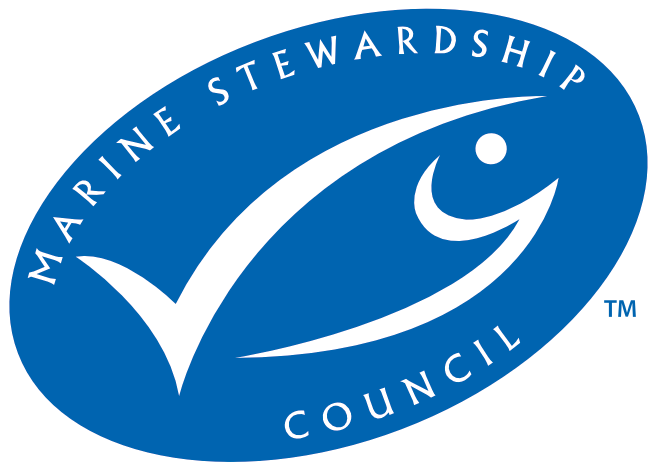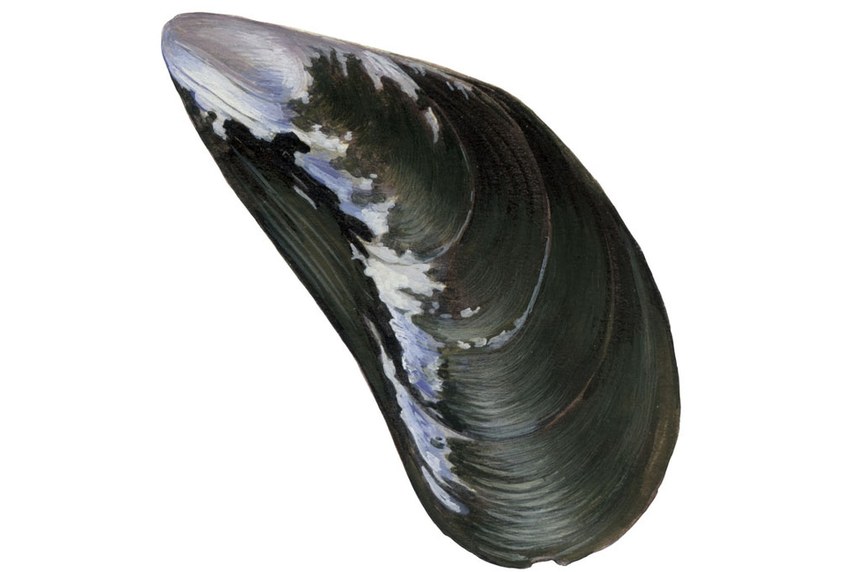
- Certifier :
- LRQA (Seafood) Limited
- Certified status :
- Certified
- Certified since :
- 26 Jun 2012
- Certificate expires :
- 23 Dec 2027
Overview
Fisheries are composed of one or more parts, each of which is entitled to receive an MSC certificate. These parts or “units” are defined by their target stock(s), fishing gear type(s) and if relevant vessel type(s), and the fishing fleets or groups of vessels.
When the term “Unit of Certification” is used for fishing units that are in assessment, it refers to the “Unit of Assessment” or “Unit of potential certification”. Expand a status below to view the parts that form this fishery. To check the detailed scope, download the latest certificate or open the Assessments page to get the latest report. Find out more by visiting our page on Fisheries
Catch by Species
| Species | Reported Catch Year | Metric Tonnes |
|---|---|---|
| Mytilus mussels nei (Mytilus spp) | 2021 | 8,590 |
Information is provided by an independent Conformity Assessment Body as live weight (the weight of species at the time of catch, before processing) and where a fishing season covers multiple years, the end year is given as the reported catch year. Additional information is available in the latest report, see the assessments page.
Eligibility, client groups and vessel lists
A fishery may choose to define the members of the fishery certificate. These members can be vessels or other client group members (e.g. companies that own vessels and/or companies that are named as eligible to handle certified product covered within the fishery certificate scope). Please refer to the fishery certificate statement on additional product specific eligibility criteria (e.g. product eligibility limitations, eligibility date, exclusive points of landing and the point where Chain of Custody certificate is required). Please consult the fishery Public Certification Report for product eligibility rationale.
| Documents | Published on | Files |
|---|---|---|
| Vessel List | 10 Dec 2019 | 1 files |
About this Fishery
Blue Mussel (Mytilus edulis) image © Scandinavian Fishing Year Book
Rope grown mussels from farms in the Shetland Islands and around the Scottish mainland within the Scottish Shellfish Marketing Group became the first enhanced fisheries in Scotland to be MSC-certified in June 2012.
Mussel spat (seed) settlement in the area occurs generally in April-May, although earlier and later spawning also may take place. Each farm collects its own stock from wild spat-fall. The settled spat is then grown on ropes suspended from 200 to 400m longlines supported by plastic floats.
The rope droppers, on which the mussels are grown, are usually 12mm in diameter and between 6 to 10m in length. Plastic pegs or discs may provide additional support for the mussels. Droppers are coiled so that they remain in the top 2 to 3m of the water column, and they are placed on the line in time to collect the natural spat. Each dropper may yield between 5 to 7kg of marketable mussels.
When they are ready for harvest, each dropper is raised from the water and the mussels removed either by hand or by machine. They may then be transferred to a shore-based facility or the next stages may take place on board the harvesting vessel. The mussels are separated, washed and graded, again by hand or automated line. Small mussels may be re-tubed and returned to the sea for further growth.
"The environment has always been key to our whole operation, so we remain focused on sustaining it."
- Ruth Henderson, chief executive, Seafood Shetland
If you want to learn more about all current UK & Irish Fisheries’ journeys to certification, find out where to buy UK and Irish seafood with the blue fish, and get your hands on the latest mouth-watering recipes, visit the UK & Irish Fisheries Spotlight.
Market Information
The vast majority of the harvest is sold through UK retailers and restaurants.
